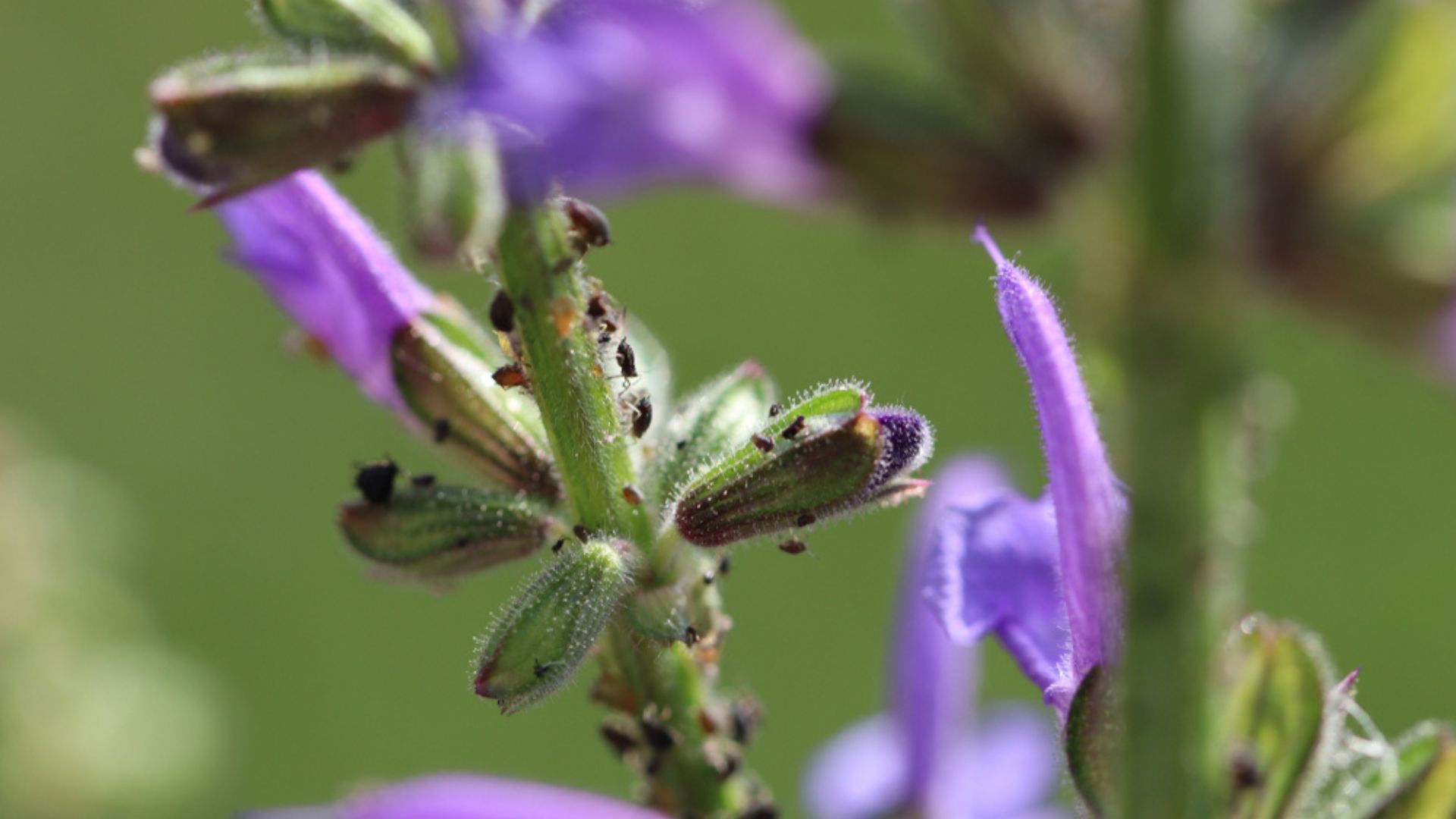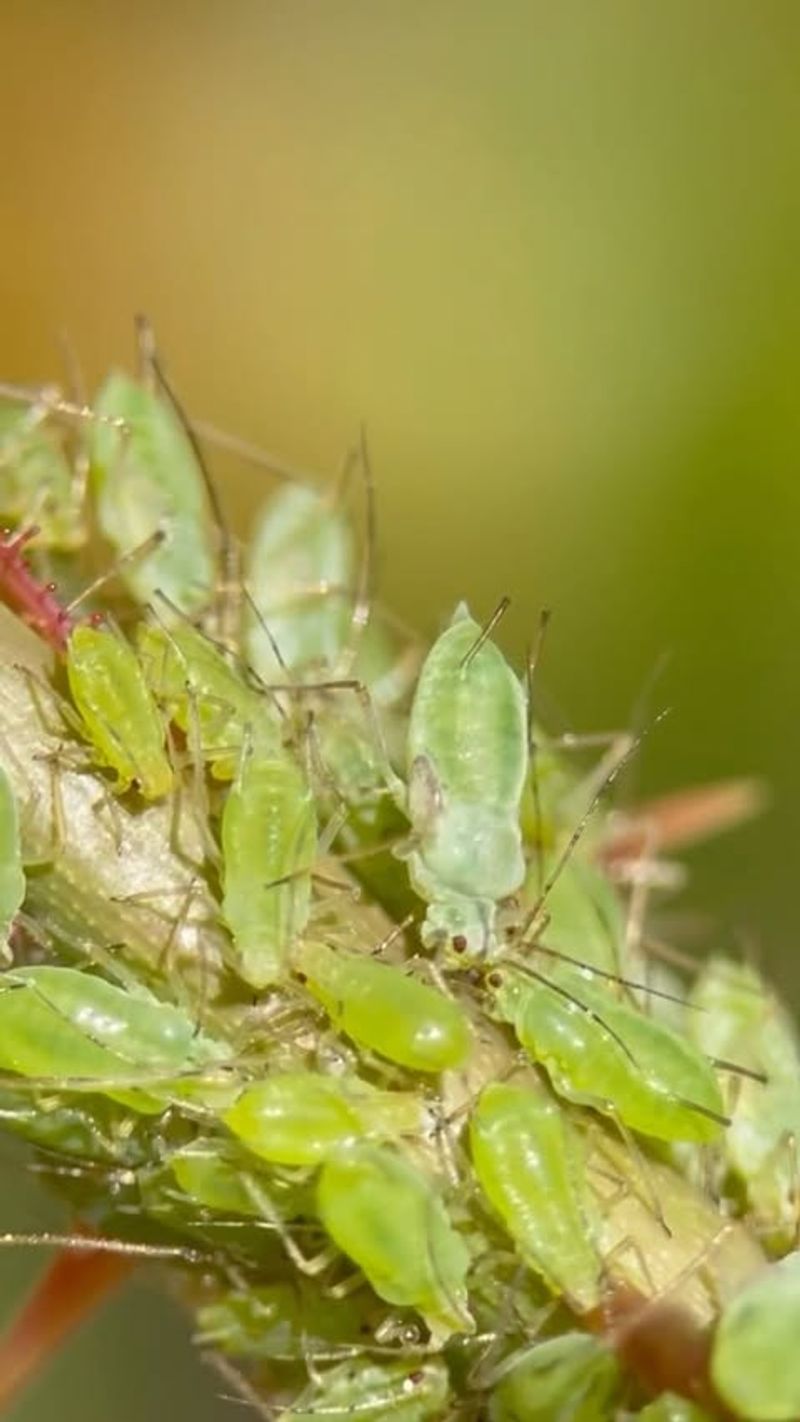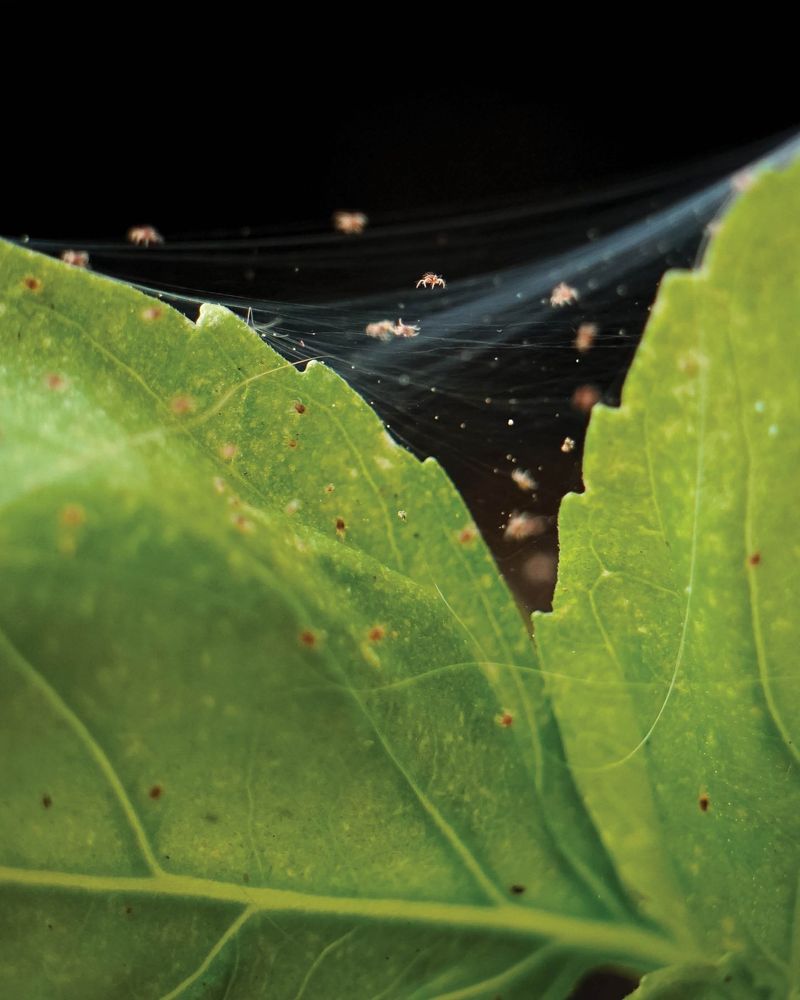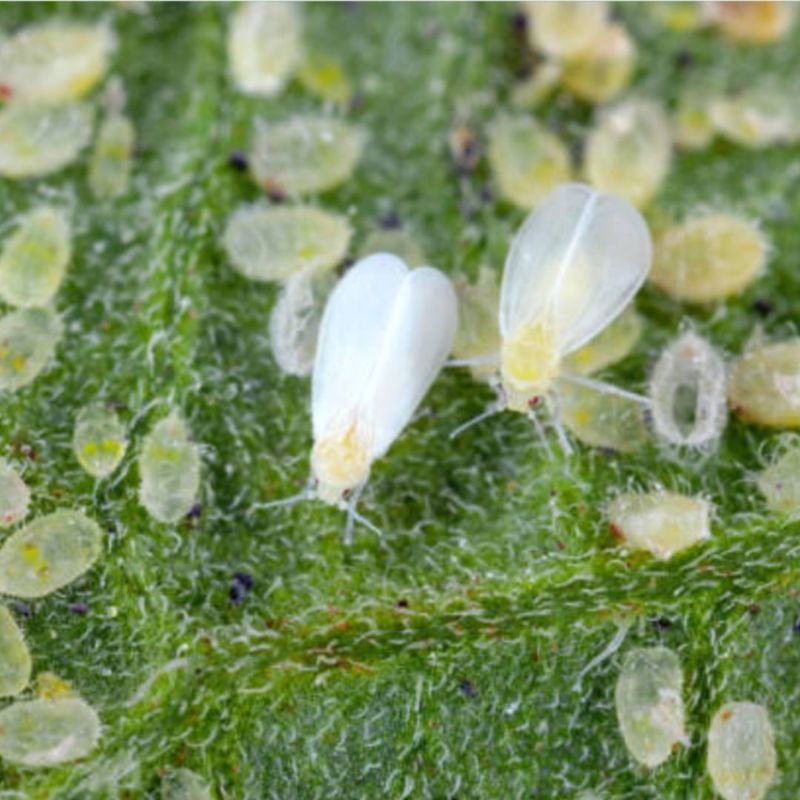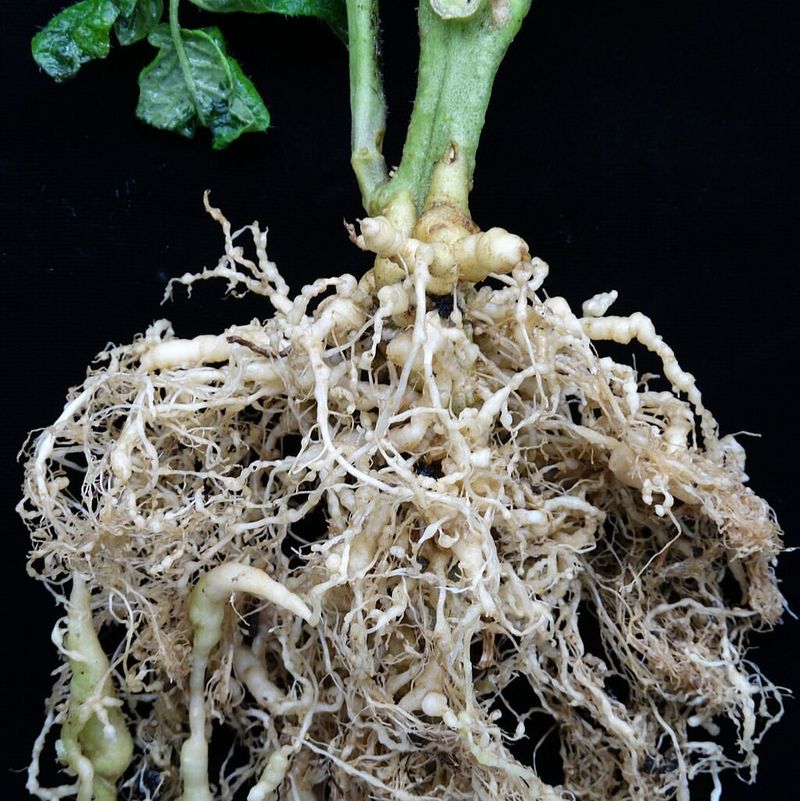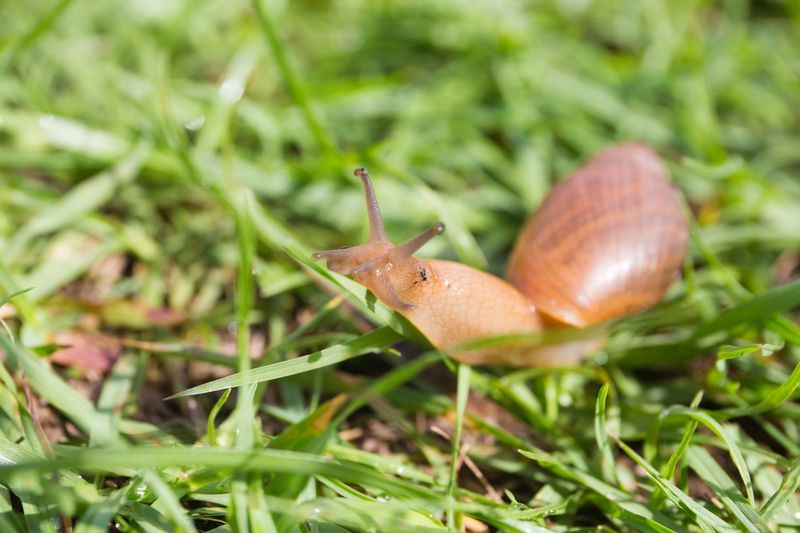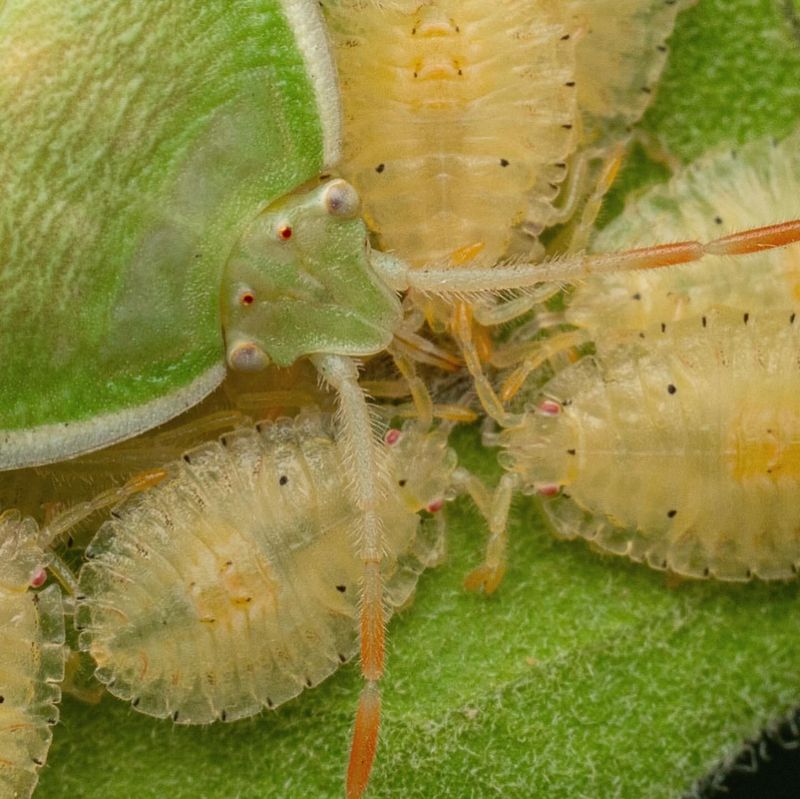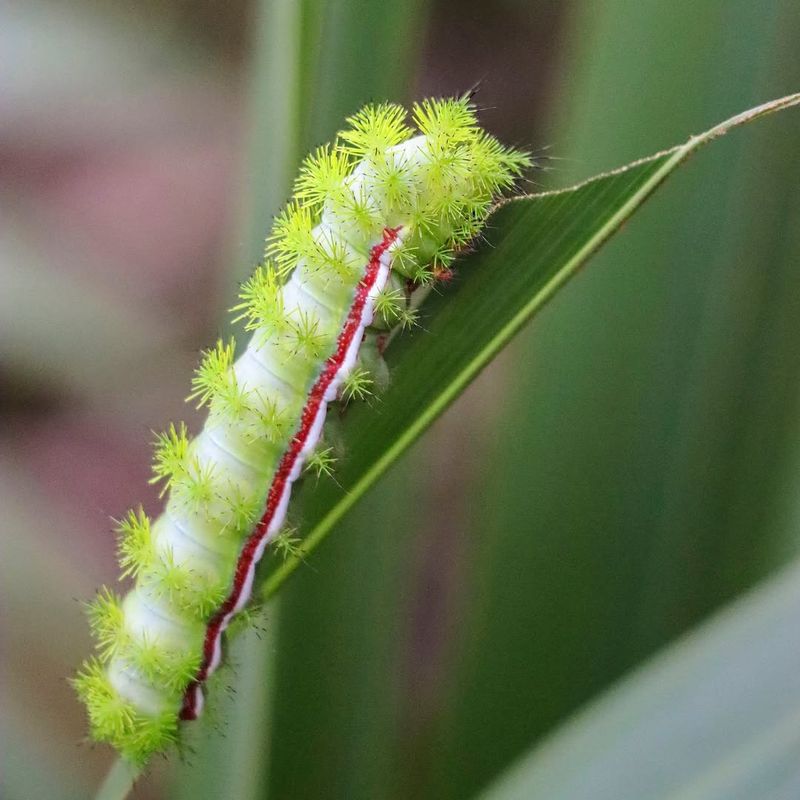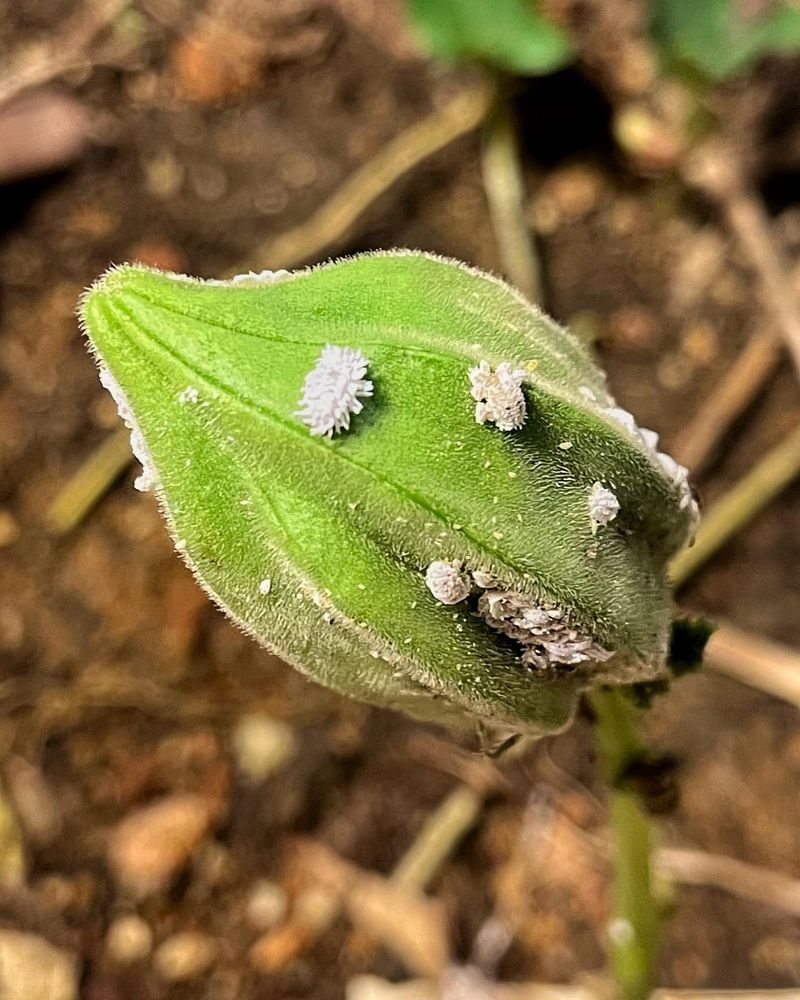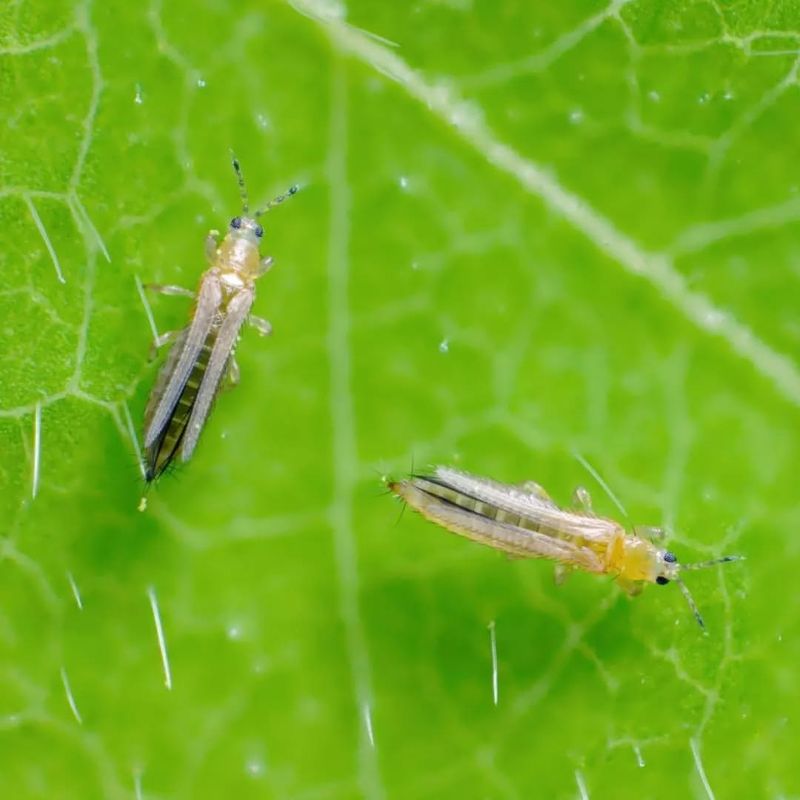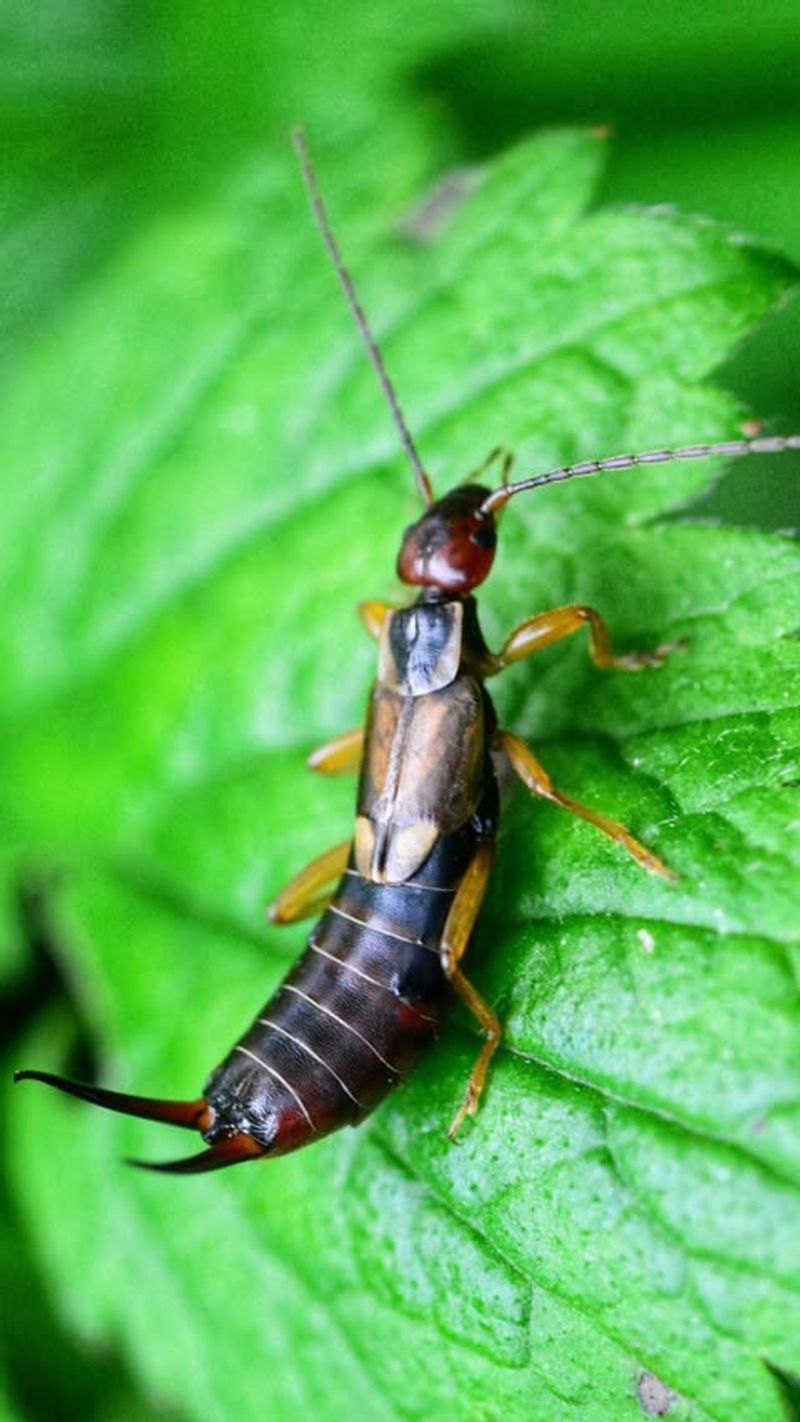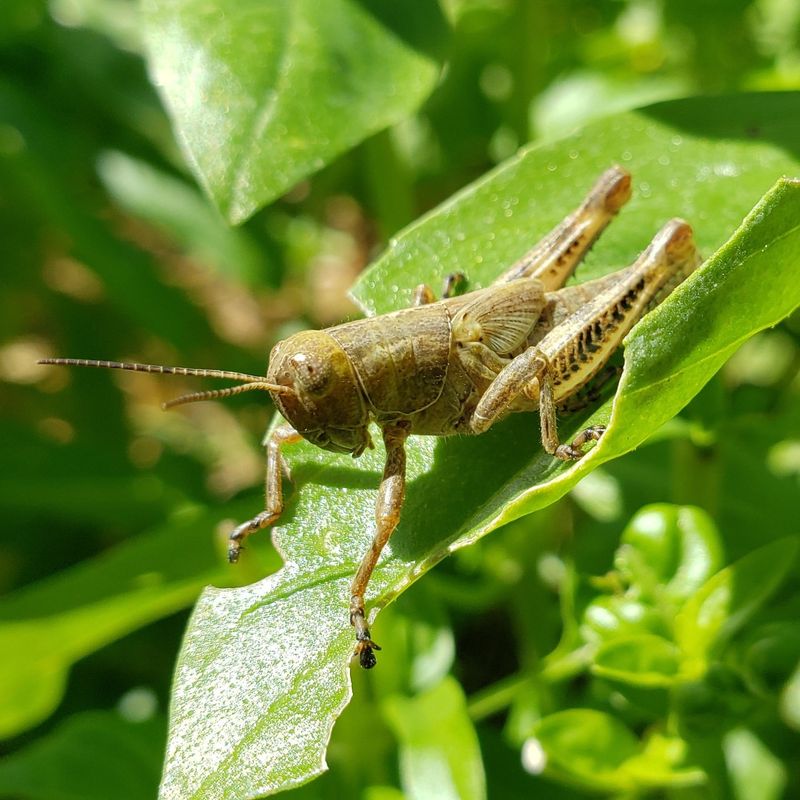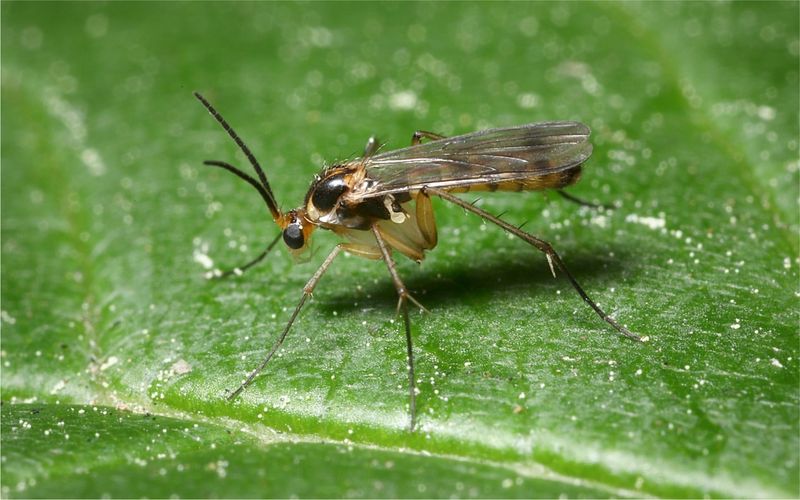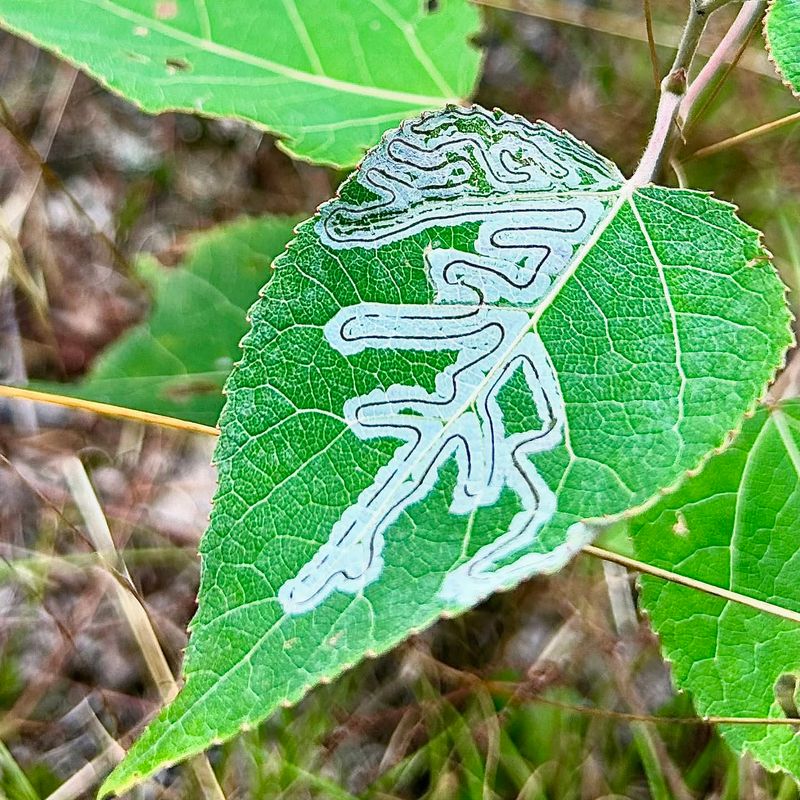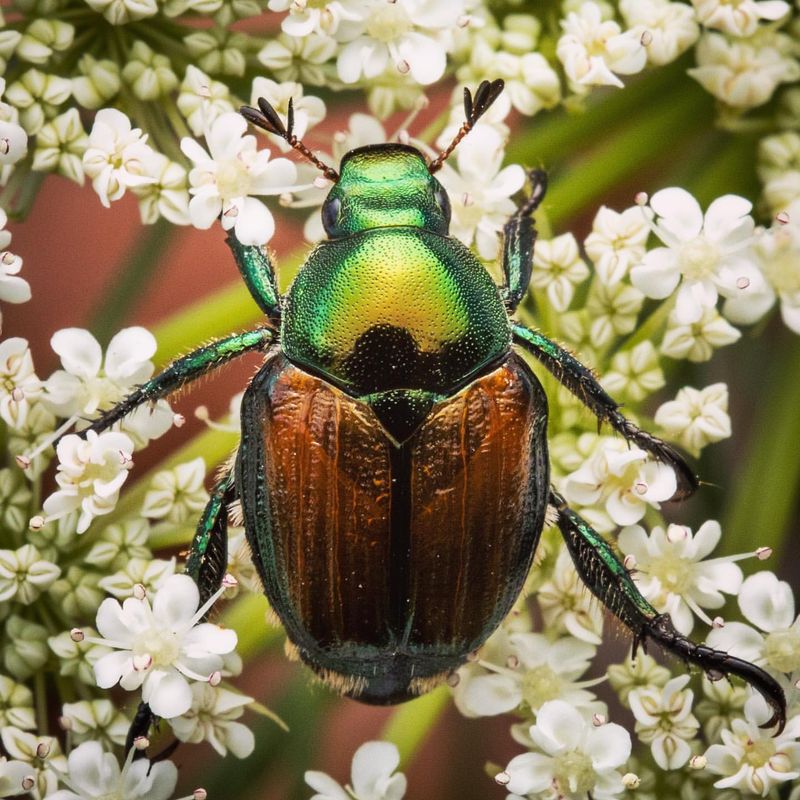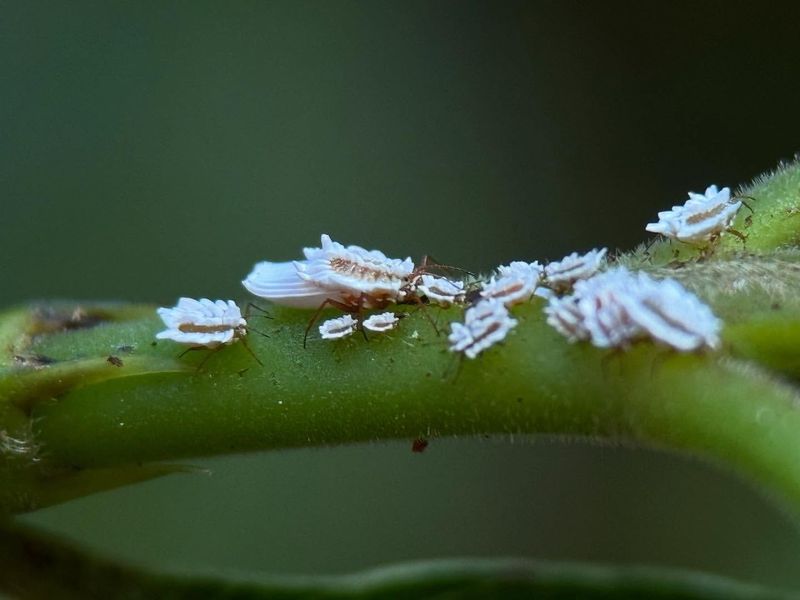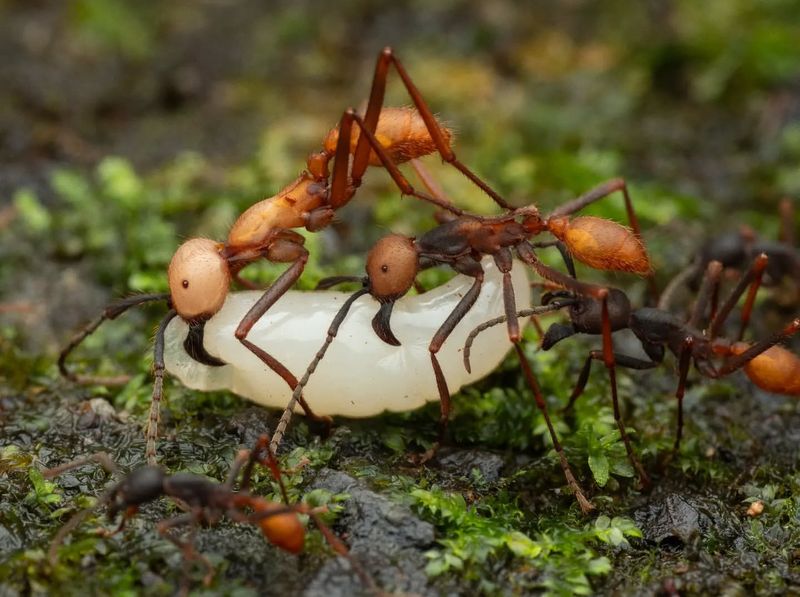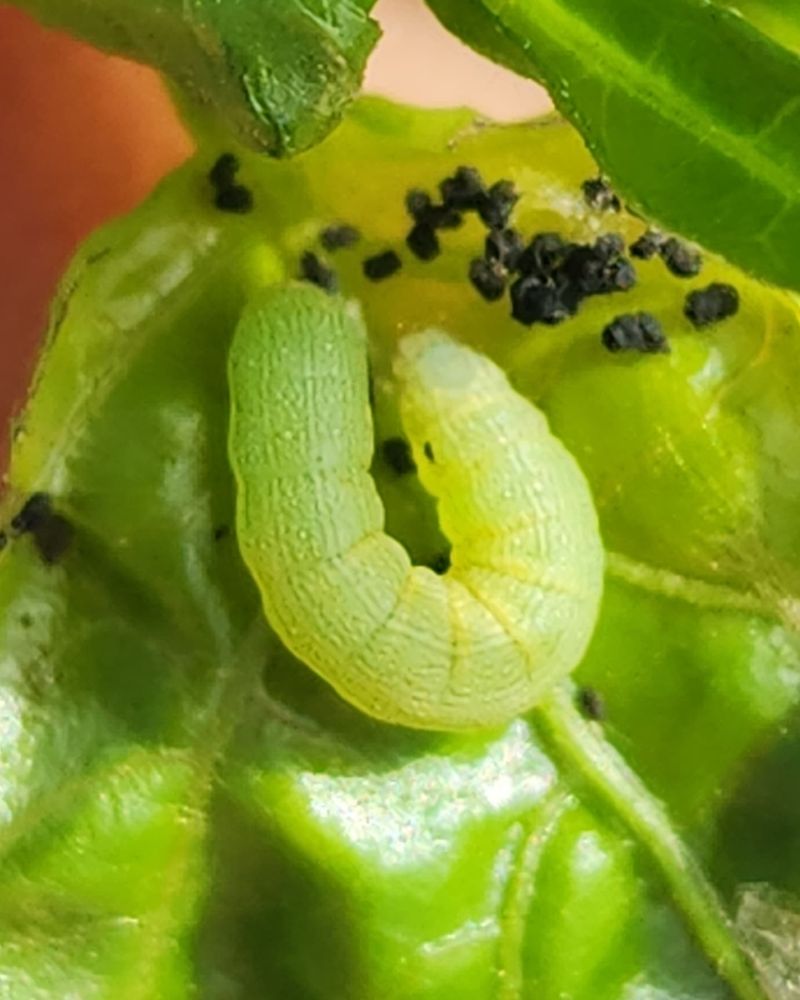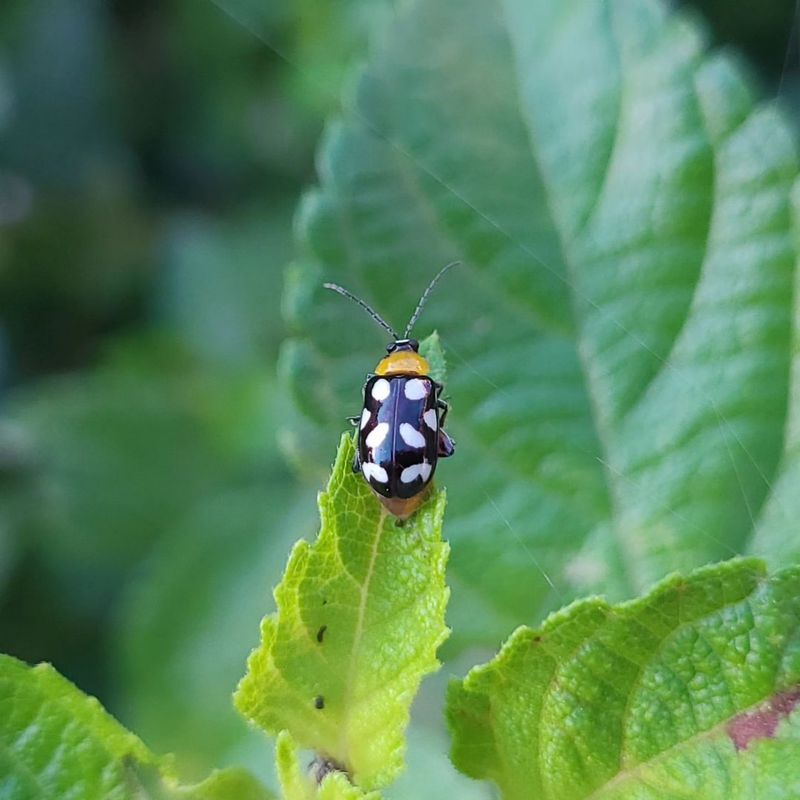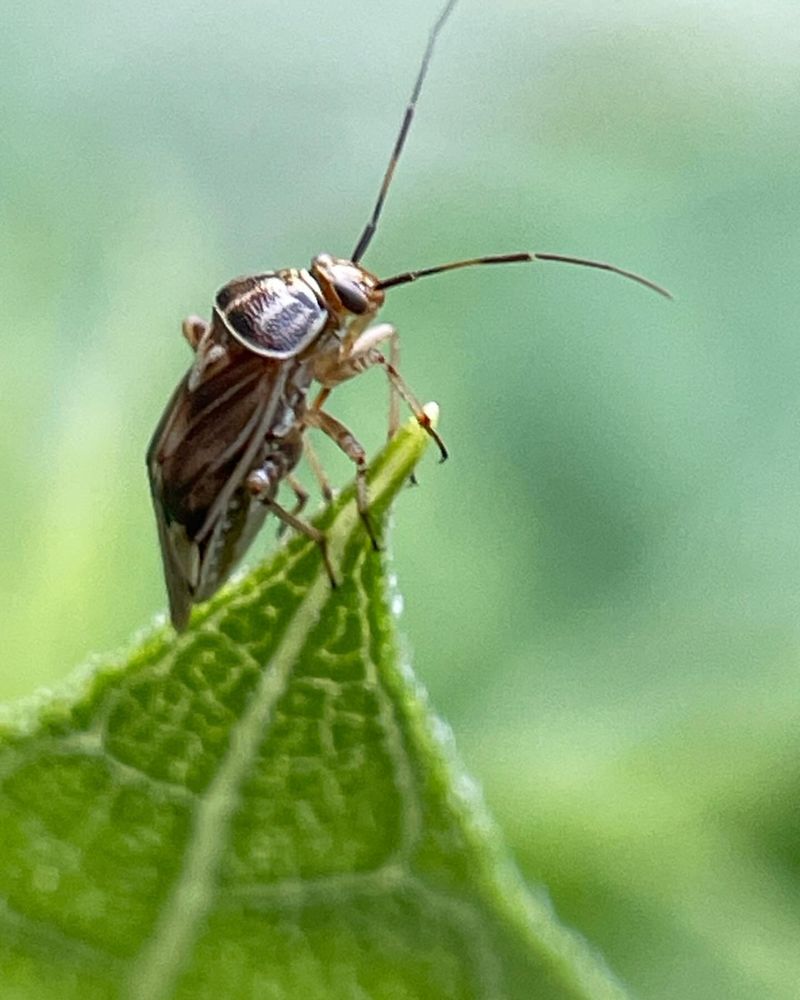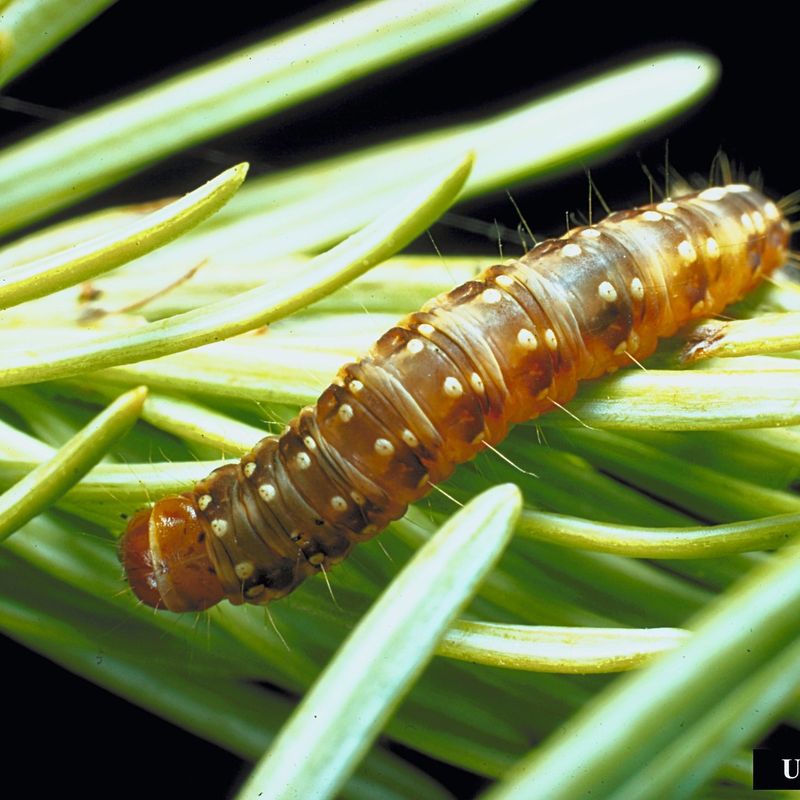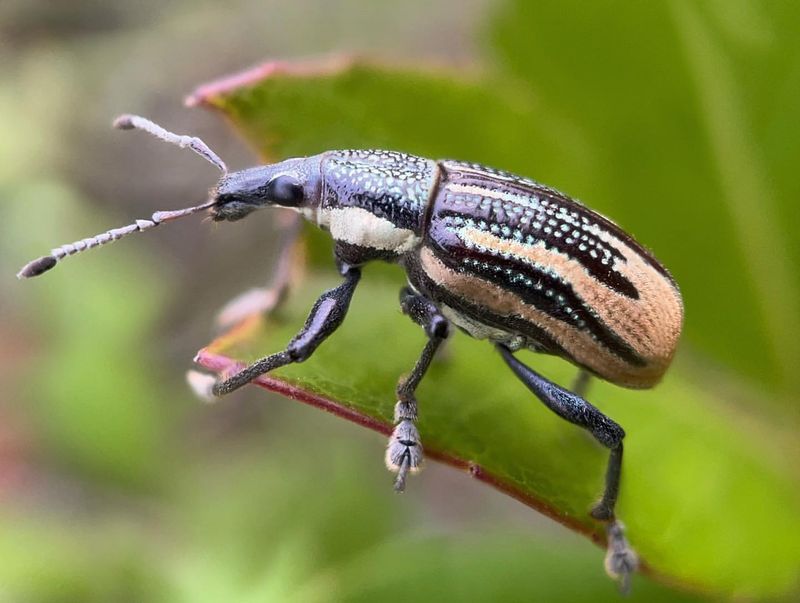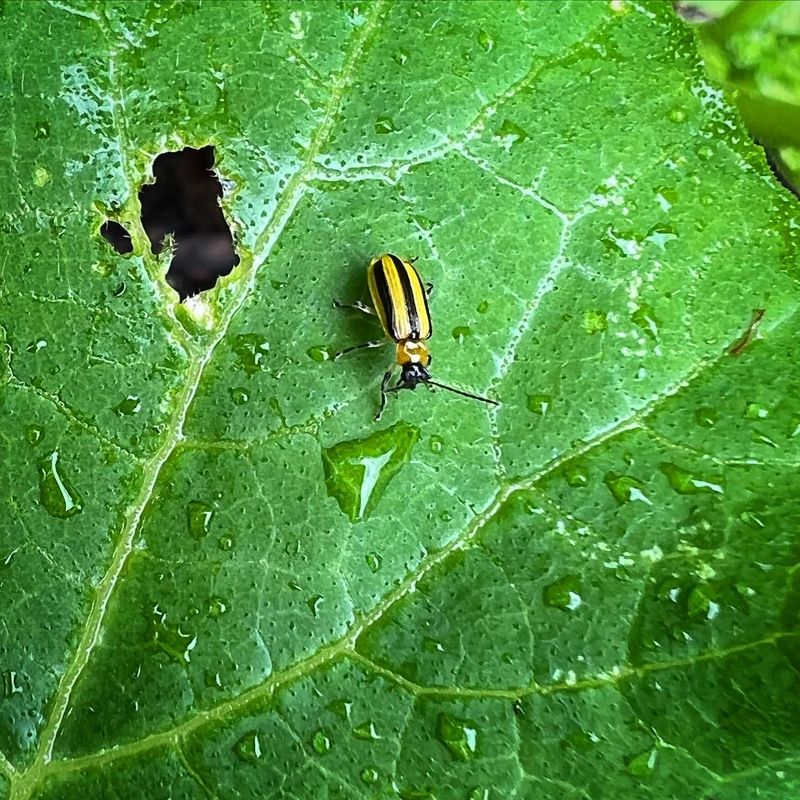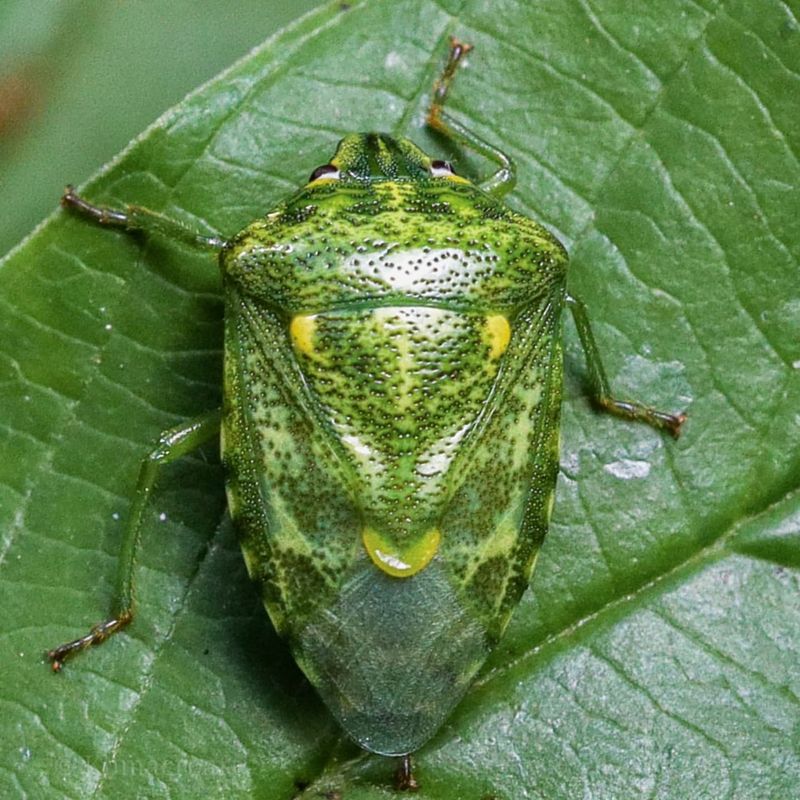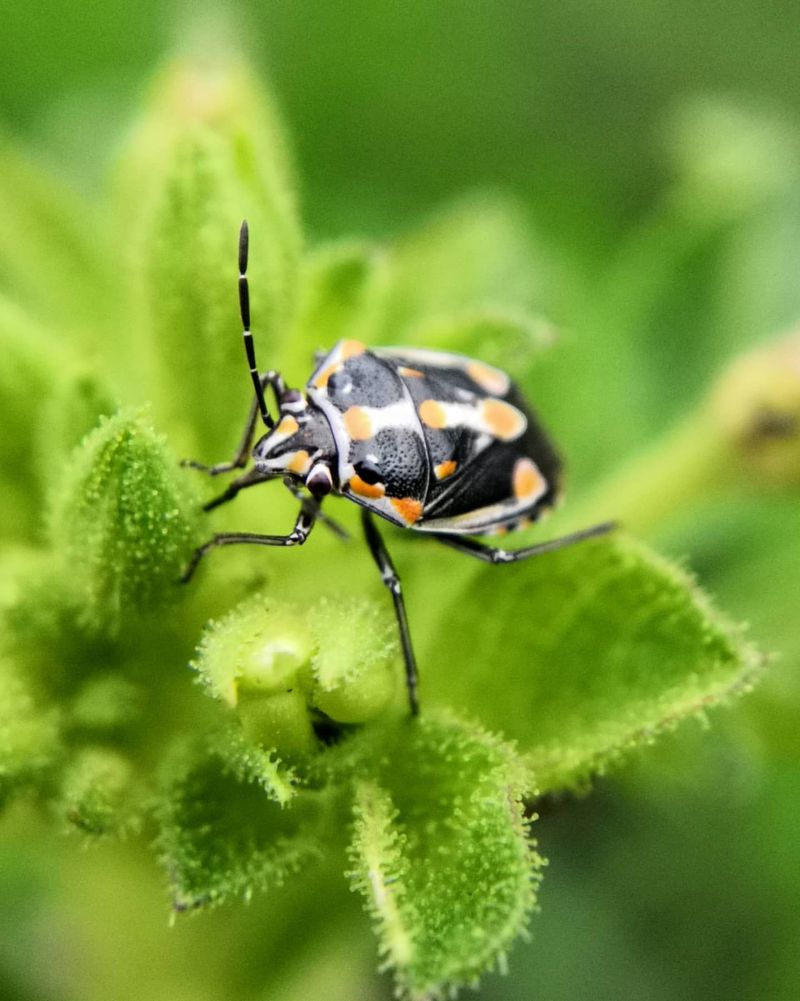Lavender’s soothing scent may draw you in, but it also attracts a myriad of pests eager to call it home.
Understanding these unwelcome guests and how to combat them can be the key to preserving your lavender’s lush beauty and fragrance.
1. Aphids
Small yet persistent, aphids love to feast on the sap of lavender, causing leaves to curl and wilt. These tiny insects can quickly multiply, forming large colonies that distress your plant.
Encourage ladybugs to visit your garden, as they are natural predators of aphids. Alternatively, a gentle spray of soapy water can help keep these pests at bay.
2. Spider Mites
Invisible to the naked eye, spider mites leave a telltale webbing on lavender. They thrive in hot, dry conditions, damaging the plant’s foliage.
Boost humidity around your lavender to deter these mites. Regular misting can also disrupt their habitat and protect your plants.
3. Whiteflies
These pests may seem delicate, but these whitefly insects can drain the vigor from your lavender. They suck sap from the leaves, leaving them yellowed and weak.
Introduce parasitic wasps to your garden, which prey on whiteflies. Sticky traps are another reliable method to manage their numbers effectively.
4. Root Knot Nematodes
These microscopic worms are invisible foes that attack lavender’s roots, causing galls and stunted growth. They interfere with nutrient uptake, weakening your plant.
Rotate crops regularly and introduce beneficial nematodes to help control their population. Solarizing the soil can also be an effective preemptive measure.
5. Slugs and Snails
Sluggish but destructive, slugs and snails love to munch on tender lavender leaves. They leave behind unsightly holes and slime trails that mar your plant.
Scatter crushed eggshells or sand around the base of lavender to deter them. Handpicking at dusk is another strategy to mitigate their damage.
6. Lavender Leafhopper
These agile insects hop from plant to plant, sucking sap and leaving behind stippled leaves. Lavender suffers from their feeding, which disrupts photosynthesis.
Introduce predatory insects like lacewings or use neem oil to manage leafhopper populations. Regular pruning helps keep your lavender healthy and less attractive to these pests.
7. Caterpillars
Caterpillars may look charming but they are voracious eaters of lavender foliage. Their feeding frenzy can quickly defoliate your plant.
Use Bacillus thuringiensis (Bt) as a natural pesticide to control caterpillar populations. Encourage birds, which are natural predators, to visit your garden as an additional control measure.
8. Mealybugs
Covered in a protective waxy layer, mealybugs suck sap and excrete honeydew, which attracts sooty mold. Lavender can quickly become overwhelmed by their sticky infestation.
Introduce ladybugs or utilize alcohol-soaked cotton swabs to individually remove these pests. Regular inspection and prompt action are key to keeping them in check.
9. Thrips
Thrips are tiny but mighty, rasping the surface of lavender leaves and flowers, which causes silvering and distorted growth. Their feeding can severely affect the plant’s aesthetic appeal.
Implement blue sticky traps to catch these elusive insects. Regularly trim damaged foliage to reduce their hiding spots and maintain plant health.
10. Earwigs
These nocturnal feeders nibble on lavender leaves, often leaving irregular holes and ragged edges on the foliage. Despite their menacing look, they’re mostly harmless.
Set up rolled newspaper traps overnight to capture them. Maintain garden hygiene by removing debris where earwigs like to hide during the day.
11. Grasshoppers
These insects may be fascinating to watch, but their appetite for lavender leaves is relentless. They can quickly strip the plant, leaving it bare.
Encourage birds and beneficial insects to inhabit your garden, which naturally control grasshopper populations. Sticky barriers around the base of plants can also deter their approach.
12. Fungus Gnats
Although adult fungus gnats don’t harm lavender, their larvae feast on roots, which weakens the plant. These pests thrive in overly moist conditions.
Allow the soil to dry out between waterings to deter gnats. Use sticky traps to reduce adult populations and nematodes to control larvae in the soil.
13. Leaf Miners
These stealthy intruders burrow within lavender leaves, leaving visible trails that can disrupt photosynthesis and weaken the plant. Leaf miners are the culprits.
Remove and discard affected leaves to prevent further infestation. Introduce parasitic wasps that target leaf miner larvae for natural control.
14. Japanese Beetles
With their metallic sheen, Japanese beetles can seem almost decorative, yet they devour lavender leaves and flowers with vigor. Their feeding can skeletonize foliage.
Handpick beetles in the early morning when they are less active. Introduce nematodes to target larvae in the soil and disrupt their lifecycle.
15. Scale Insects
These pests cling to lavender stems, their shell-like coverings making them difficult to spot. Scale insects suck sap, causing wilting and weakening the plant.
Introduce beneficial insects like ladybugs or apply horticultural oil to smother scales. Regular monitoring and treatment ensure they don’t gain a foothold.
16. Ants
These insects may not harm lavender directly, but they farm aphids, which can cause damage. Ants’ presence often signals an aphid problem.
Use diatomaceous earth around the plant to deter ants. Managing aphid populations will also reduce ant activity on your lavender.
17. Beet Armyworms
These relentless eaters can quickly strip lavender of its lush leaves, leaving the plant looking ragged and bare. Beet armyworms are the culprits.
Introduce natural predators like parasitic wasps to control their numbers. Regular inspections and manual removal help manage these caterpillars effectively.
18. Flea Beetles
These tiny pests are quick to jump away from predators, making them hard to catch. Flea beetles chew small holes in lavender leaves, marring their appearance.
Apply row covers to protect young plants from beetle attacks. Encourage beneficial insects that prey on flea beetles to inhabit your garden.
19. Tarnished Plant Bugs
These mottled bugs have a knack for piercing lavender stems and sucking sap, causing distortion and discoloration. Their feeding can hinder plant growth.
Introduce predatory insects or utilize insecticidal soap to manage their population. Keeping the garden clean and free of debris minimizes their habitat.
20. Budworms
These pests have a strong appetite for lavender flowers, chewing through buds before they bloom. Budworms’ feeding leads to distorted or missing blooms.
Handpick budworms at twilight when they are most active. Use Bt (Bacillus thuringiensis) as a biological control to protect your flowers.
21. Root Weevils
These pests target lavender flowers, chewing through buds before they can bloom. Budworms’ feeding results in distorted or missing blossoms.
Introduce entomopathogenic nematodes to tackle larvae in the soil. Regular monitoring and targeted insecticide application can curb adult weevil activity.
22. Cucumber Beetles
These vibrant-colored pests may stand out, but they’re unwelcome diners on lavender. Cucumber beetles chew leaves, leaving behind ragged holes.
Encourage ground beetles and other natural predators to manage their population. Floating row covers can protect young lavender from beetle attacks.
23. Stink Bugs
These pests are known for their pungent defense and potential harm to lavender. Stink bugs pierce plant tissue to suck sap, weakening the plant.
Handpick these bugs and drop them into soapy water for control. Maintain clean garden practices to reduce hiding spots for these pests.
24. Bagrada Bugs
These small but mighty pests stand out with their black and orange patterns. Bagrada bugs feed on lavender sap, leading to wilting and discoloration.
Regularly inspect and remove these pests by hand to keep their numbers low. Companion planting with marigolds can help repel them naturally.

